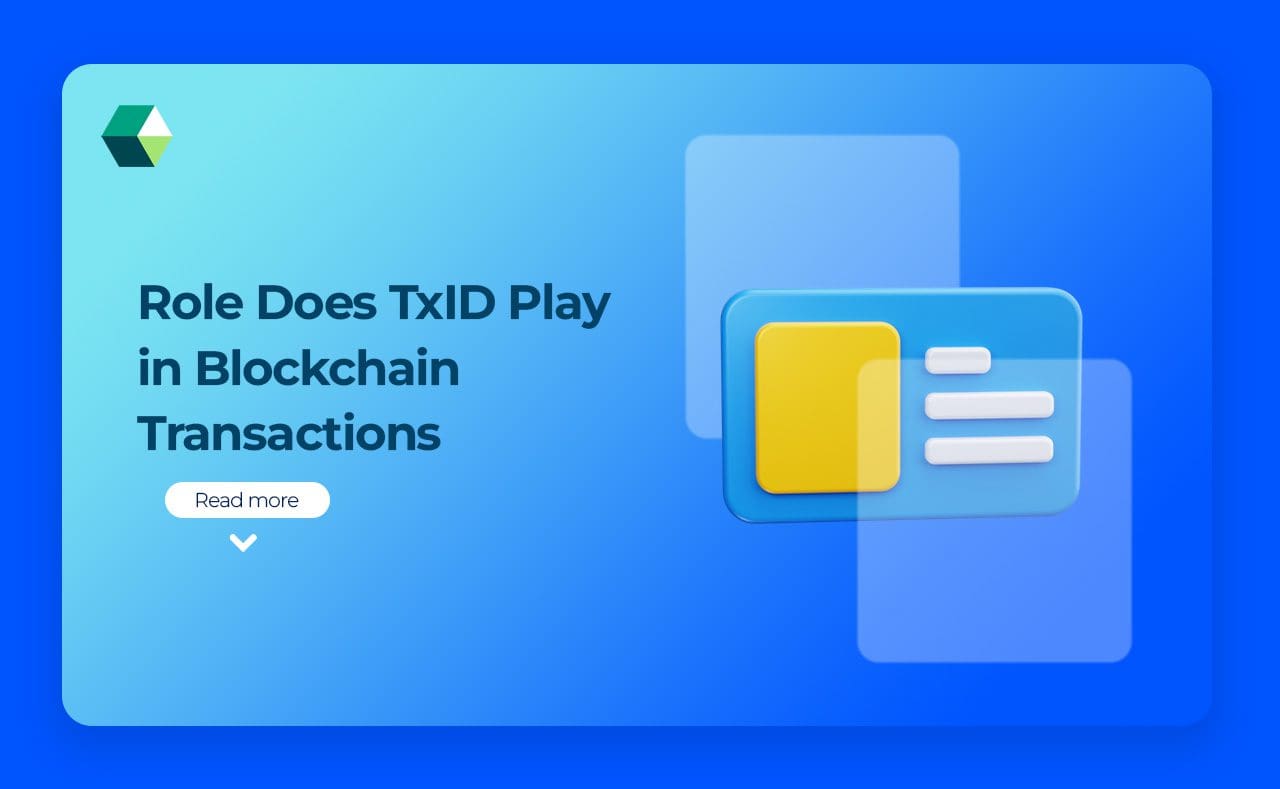
A Transaction ID (TxID) is a unique identifier assigned to each transaction on a blockchain, essential for tracking and verifying transactions. It ensures that every transaction can be distinguished from others, enabling users to confirm its inclusion in the blockchain, track the movement of assets, and provide transparency. TxIDs are also crucial for auditing purposes and resolving any issues or disputes related to transactions, ensuring that each one is accurately recorded and traceable.
What is a Blockchain Transaction ID (TXID)?
A Blockchain transaction id (TXID) is a unique string of characters that serves as an identifier for a specific transaction recorded on a blockchain. This alphanumeric code is generated by hashing the transaction data, and it helps in tracking and verifying the transaction’s status. Each TXID is distinct and acts as a digital fingerprint, ensuring that each transaction can be uniquely identified and audited within the blockchain development services . By using a TXID, users and blockchain explorers can trace the transaction’s history, confirm its completion, and ensure that it has been processed correctly. This transparency and traceability are fundamental to the security and reliability of blockchain technology.
Uses of TxIDs in Blockchain Development Company
In a Blockchain Development Company , Transaction IDs (TXIDs) are essential for several key functions:
-
Transaction Tracking
TXIDs enable developers and users to track the status and history of specific transactions on the blockchain. This is crucial for debugging and ensuring the accuracy of financial operations and data transfers.
-
Verification and Auditing
TXIDs provide a unique reference for verifying and auditing transactions. They allow companies to confirm that transactions have been successfully processed and recorded on the blockchain, which is vital for maintaining transparency and trust.
-
Troubleshooting
In the event of issues such as failed transactions or discrepancies, TXIDs help identify and isolate the problem. Developers can use TXIDs to investigate transaction details and resolve any issues promptly.
-
User Interface Integration
TXIDs are often integrated into user interfaces, enabling users to view and manage their transaction history easily. This enhances user experience by providing clear and accessible transaction information.
-
Smart Contracts
In smart contracts, TXIDs can be used to reference specific transactions as part of the contract’s logic. This helps in automating processes and ensuring that contract terms are executed based on verified transactions.
-
Data Integrity
TXIDs play a role in ensuring the integrity of blockchain data. Since each TXID is unique and tied to a specific transaction, it helps prevent data manipulation and ensures that the transaction history remains accurate and tamper-proof.
Why Do We Need TxIDs in Blockchain?
TXIDs are crucial in blockchain technology because they uniquely identify and track individual transactions within the blockchain. Each TXID serves as a digital fingerprint, allowing for precise verification, auditing, and tracing of transactions. This unique identifier ensures that transactions can be accurately recorded and accessed, preventing double-spending and fraudulent activities. Additionally, TXIDs facilitate transparency and accountability by enabling users and developers to easily track the status and history of transactions, thereby enhancing the overall reliability and integrity of the blockchain system.
Role Does TxID Play in Blockchain Transactions
TXIDs play a crucial role in blockchain transactions by providing a unique identifier for each transaction, which facilitates tracking, verification, and auditing. They ensure that each transaction can be distinctly recognized and traced, which helps prevent double-spending and fraud. TXIDs also enhance transparency and accountability by allowing users and developers to review and confirm transaction details, maintaining the integrity and security of the Blockchain Network. Additionally, they support the accurate recording and retrieval of transaction information within each miner in blockchain , contributing to the overall reliability of blockchain systems.
Where To Find Your Transaction ID?
You can find your Transaction ID (TXID) in several places depending on the context of the transaction:
-
Wallet Application
Most cryptocurrency wallet apps provide transaction details, including the TXID, in the transaction history section. Look for the specific transaction to find its unique identifier.
-
Blockchain Explorer
Use a blockchain explorer relevant to the cryptocurrency you are using (e.g., Etherscan for Ethereum, Blockchain.com for Bitcoin). Enter the transaction details or your wallet address to locate and view the TXID.
-
Exchange Platforms
If you conducted the transaction through a cryptocurrency exchange, check the platform’s transaction history or account activity section to find the TXID associated with your trades or transfers.
-
Transaction Confirmation Emails
Some services send confirmation emails that include TXIDs. Check your email for any communication related to your transaction.
-
Transaction Receipts
When completing a transaction, especially on exchanges or services, you might receive a receipt or confirmation page that displays the TXID.
-
Customer Support
If you’re having trouble locating your TXID, contacting customer support for your wallet, exchange, or service provider can help you retrieve the information.
How Can Developers Use TxIDs with Nadcab Labs?
At Nadcab Labs, developers use transaction IDs (TXIDs) to improve their blockchain development services. TXIDs help track and manage transactions effectively, making sure that smart contracts run accurately. They also support auditing and compliance, which keeps everything clear and open in blockchain systems. TXIDs make it easier to find and fix problems by providing unique references for each transaction. They enhance user interfaces by showing clear transaction details, which improves the user experience. Additionally, TXIDs protect data and security by offering tamper-proof transaction records. Using TXIDs this way helps keep Nadcab Labs’ blockchain applications and services transparent, reliable, and functional, ensuring they deliver high-quality blockchain development solutions.





